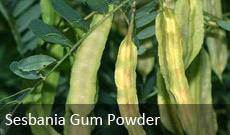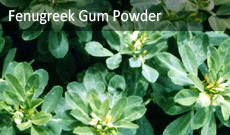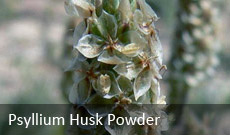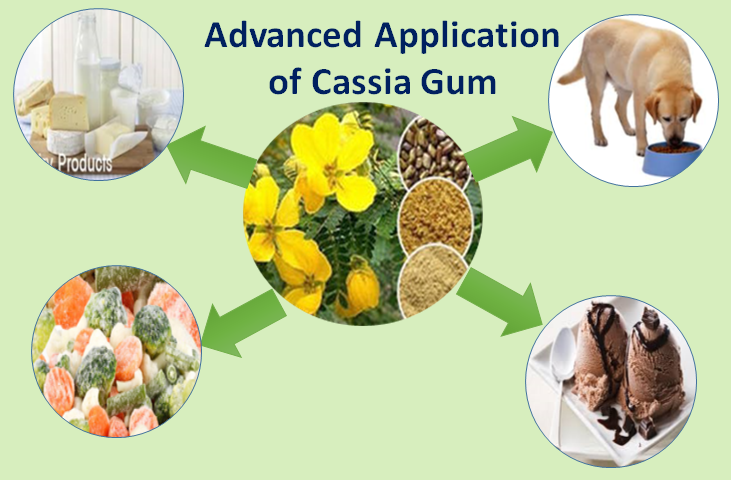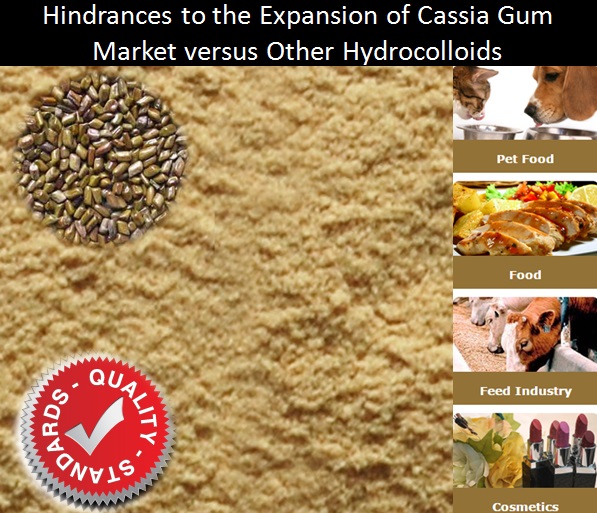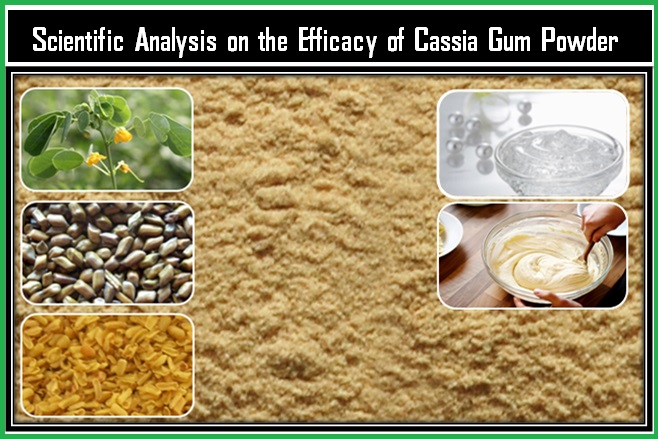Ayurvedic treatment has been going strong for ages and is believed to have a cure for number of diseases. It makes use of naturally occurring herbs for the treatment without causing any side-effects. The main concept of ayurvedic treatment is that there must be a balance maintained between our body, mind, and spirit to achieve good health and wellness. It is considered to be the most effective remedial practice that everything on earth must follow disciplined order of living for leading a healthy and progressive life. The modern-day medications do more bad than good as it generates various side effects on an individual’s body. As a result, there is a paradigm shift observed amongst the patients toward the ayurvedic treatment.
Cassia Powder
Cassia powder has always been a preferred choice of drug for ayurvedic applications. The properties of Cassia seeds like laxative, antibacterial, antipyretic, anti-inflammatory, smooth muscle stimulant, hepatoprotective, analgesic, hypoglycemic, anticancer, abortifacient, anti-colic, antifertility, estrogenic, etc. make it suitable for treatment. It is used as a cure for several diseases like- kushtha (skin diseases), hridroga (cardiac problems), vatarakta (gout), raktapitta (blood disorders), madhumeha (diabetes mellitus), visarpa (herpes), jvara (febrile conditions), etc.
Summary: Cassia gum properties are tapped in to produce various effective ayurvedic medications. These medications can be used as a cure for diseases like hridroga (cardiac problems), raktapitta (blood disorders), etc.
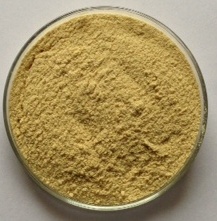 Cassia Powder Ayurvedic Applications
Cassia Powder Ayurvedic Applications
Cassia roots are used for the treatment of cold and it is considered to be one of the most effective cures available. It also has the ability to act as a panacea for other ailments, like that of the kidney, liver, and intestines.
Other applications of Cassia powder includes its usefulness as an antibiotic. It is a good remedy for skin diseases like- ringworm, tinea, leprosy, scabies, leukoderma, eczema, psoriasis, and even acne. The anti-inflammatory properties of cassia gum are tapped to be used as an herbal formulation in ayurvedic medication. It is used in ointments which helps to reduce the swelling. Cassia powder is believed to improve the gastric secretions in our body which leads in the digestion of food. It also contains retinoic acid which leads to improved vision.
The bark of cassia holds great medicinal value and is used in various methods across the world. It is capable of treating diarrhea, cold, nausea, painful menstruation and flatulence.
Summary: The roots of cassia are very effective in curing cold and is also used for the treatment of kidney, liver, and intestines. The anti-inflammatory properties of cassia gum make it to be used as herbal formulation. It can also improve the digestion of food and helps in improving vision.
The Bottom Line: Ayurvedic treatment is enjoying a little preference over the modern day medication as the latter induces a lot of side-effects. Cassia powder, with its great medicinal benefits, is used vastly in ayurvedic medications for the treatment of diseases like- skin diseases, kushtha (skin diseases), vatarakta (gout), etc.







